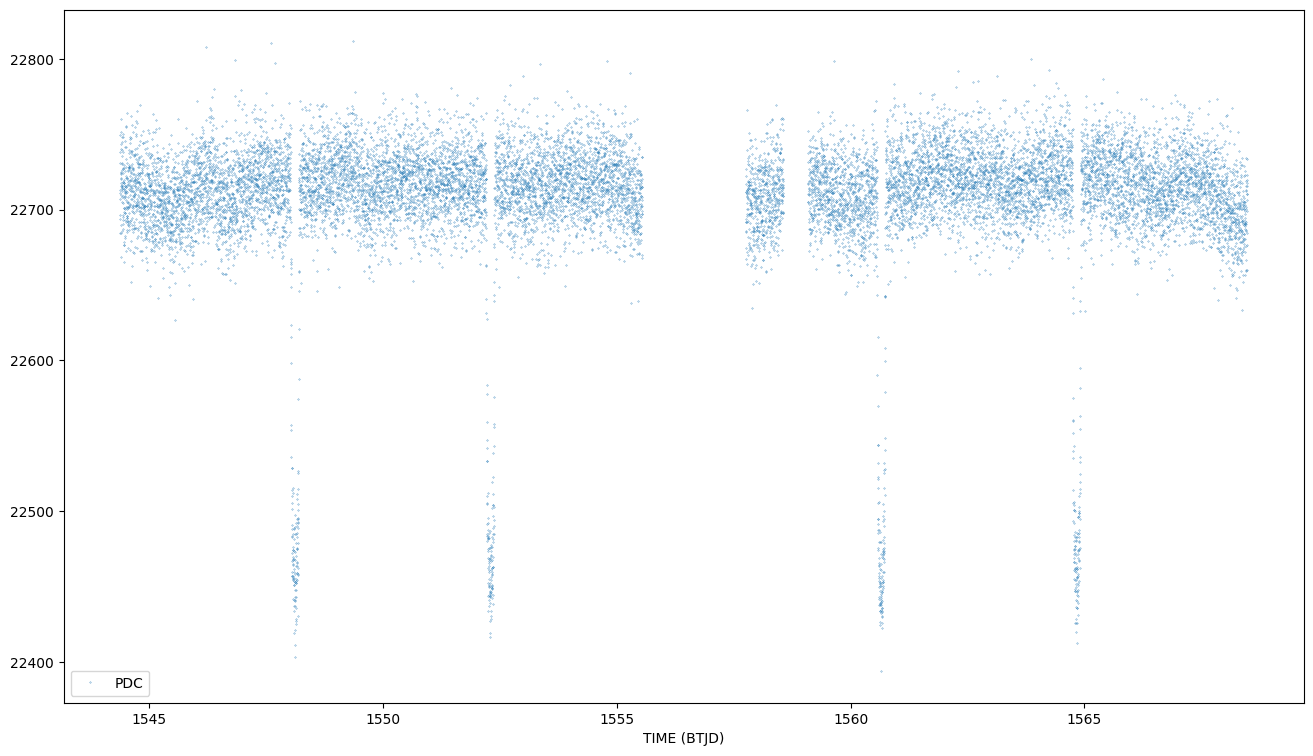 |
|
 |
|
BD-03 2978
Stellar parameters and planets on the system
| Host Star: BD-03 2978 | BD-03 2978 System planets | |||||||||||||||||||||||||||||||||||||||||
|---|---|---|---|---|---|---|---|---|---|---|---|---|---|---|---|---|---|---|---|---|---|---|---|---|---|---|---|---|---|---|---|---|---|---|---|---|---|---|---|---|---|---|
|
|
Photometric data catalogues and tools:
Plot from LIGHTCURVE FITS file

Auxiliary Products:
Spectroscopic data catalogues:
|
La Palma, CAHA, Keck, ESO archives |
WASP-127 b
Planet parameters
| Planet Name | Planet Mass | Planet Radius | Semi Major Axis | Orbital Period | Eccentricity | Inclination | Tidally Locked | Angular Distance | Primary Transit Source (JD) | Calculated Planet Temperature(K) | Molecules | Star Distance |
|---|---|---|---|---|---|---|---|---|---|---|---|---|
| WASP-127 b | 0.18 | 1.37 | 0.052 | 4.178062 | 0 | 88.7 | 0 | 2457248.74131 | 0 | H2O, K, Li, Na | 0 |
Direct access and visualization for NASA archive
SHOW ERRORBARS Y/N
| Ref | Type | Facility | Instrum. | Npt | Comments |
| Chen et al. 2018 | spec | Gran Telescopio CANARIAS 10.4m telescope | OSIRIS | 86 | CHEN ET AL 2018 One transit of WASP-127b was observed on the night of January 19, 2018 with the OSIRIS spectrograph at the GTC. The spectral data were collected using the R1000R grism and a customized 40''-wide slit |
| Chen et al. 2018 | spec | Nordic Optical Telescope | ALFOSC | 27 | CHEN ET AL 2018 CHEN We chose to jointly analyze our GTC/OSIRIS light curves together with the NOT/ALFOSC light curves published by Palle et al. (2017). |
| Palle et al. 2017 | spec | Nordic Optical Telescope | ALFOSC | 23 | PALLE ET AL 2017 We observed one transit of WASP-127b on the night of February 23rd, 2017, using the Andalucia Faint Object Spectrograph and Camera (ALFOSC) mounted at the 2.5 m Nordic Optical Tele-scope (NOT) at ORM observatory. The observation was carried out in the long-slit mode usinga 40" wide slit to avoid flux losses, and placing both WASP-127 and a reference star simultaneously aligned into the slit. The reference star TYC 4916-897-1 is located 40''.5 away from WASP-127 and it is about one magnitude fainter (V=11.2) over the observed spectral range. Grism #4 was used covering simultaneously the spectral range from 0.320-0.960 microns. Observations started at 23:45 UT and ended at 05:36 UT, resulting in a time series of 746 spectra. Exposure times were set to 20s. The transit of WASP-127b (T14) started at 00:19 UT and ended at 04:38 UT,resulting in 554 spectra taken within transit. The night was clear, with a relatively stable seeing of around 0".5 during the full observation. The airmass changed from 1.35 to 1.19, then to 2.45. |
| Exoplanets-A (CASCADe) | spec | HST | WFC3 | 25 | Exoplanets-A reduction CASCADE v. 1.0.0 Created:2021_2_20:15_21_34 Obs.Type:transit |
| Transit models (Exoplanets-A: CASCADe reduction): |